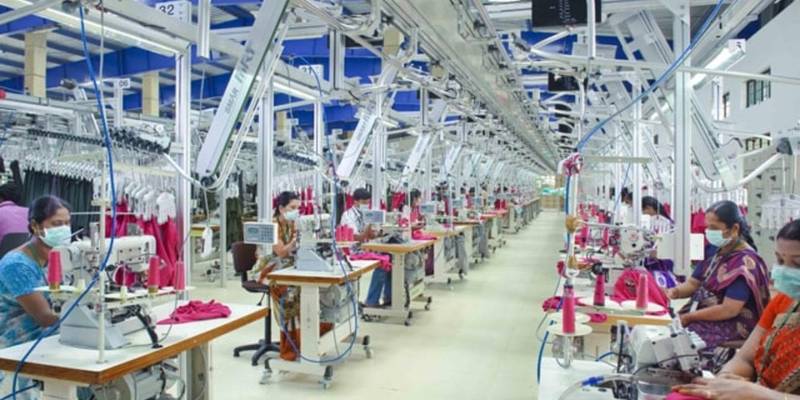Following a drop, the previous month, India’s industrial activity sharply increased to a five-month high in November, driven by strong growth in manufacturing and energy, according to government figures.
The increase in output was ascribed to higher demand during the festival season, but economists warned that the momentum was unlikely to last and that the rate of expansion would likely slow in the months to come.
According to the National Statistical Office, the index of industrial production (IIP) increased by 7.1% in November compared to a 4.2% decline in October.
The third quarter gross domestic product will benefit from the IIP figures for November being better than anticipated. Economists noted that the industrial recovery has not yet reached a degree of stability and would need more policy support going forward, which may be reflected in the forthcoming Union budget for 2023–2024.
“While we had anticipated a recovery in the IIP performance, the print was significantly greater than anticipated, with a reversal of the base impact associated with an early holiday season. However, compared to November 2022, the year-over-year rise of the majority of the high frequency indicators has reduced in December 2022. This is partially due to an unfavourable base caused by the post-holiday season bounce in December 2021. Accordingly, Aditi Nayar, chief economist of ICRA Ltd., predicted that global IIP growth will decrease to low single digits in December. 77% of the index, or manufacturing, recorded a 6.1% gain in November compared to a 5.9% decrease in October.
In contrast to October’s 2.4% growth, mining output increased by 9.7% in November. During the month, electricity output increased by 12.7% as opposed to 1.1% growth in October.
“While the progress is generally positive—the IIP grew by 5.5% over the course of the eight-month period—it must be determined whether this growth can continue when the festival season finishes in December. Future growth in the infrastructure industry will also be largely driven by governments’ determination to maintain current capital expenditure programmes, both at the state and federal levels, according to Bank of Baroda Chief Economist Madan Sabnavis.
Compared to the previous month, when capital goods experienced a 1.6% decrease, growth in November was 20.7%.
Consumer durables, which represent elastic demand, ended a three-month decline in November and increased by 5.1%. Consumer non-durables, a sector with inelastic demand, experienced a high 8.9% increase in November, reversing a four-month decrease.
But according to Sunil Kumar Sinha, chief economist at India Ratings and Research, “both consumer durables and non-durables are projected to experience headwinds from erosion of household income due to rising inflation and reversal of interest rate cycle moving forward.” Only four out of the 22 manufacturing sub-sectors—pharmaceuticals, electrical equipment, textiles, and leather products—reported a decline in output.
“Despite the positive IIP November data, we think that there is still a long way to go in the recovery of factory output. The production levels of two segments—intermediate products and consumer durables—at the used-based classification are still lower than the pre-covid output levels (February 2020). As a result, Sinha of India Ratings and Research continued, “we think that the ongoing industrial recovery will continue to need further policy support. Although the recovery in the services sector provided assistance, the national accounts statistics for the September quarter showed growth slowing to 6.3%, driven by the manufacturing sector’s poor performance.

